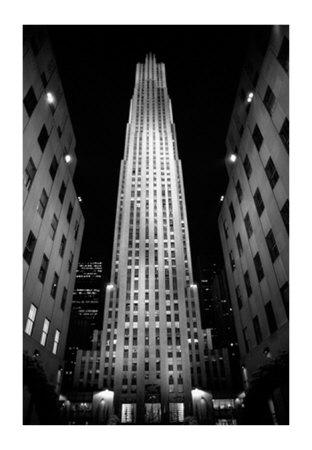The world fair began in 1851at the Crystal Palace in London. During this time, the exploration of new ideas, cultures, and land were important to people and fairs allowed for people to experience new ideas without traveling far. The purpose of the fairs were to be commemorative, commercial, collabrative, and celebratory. The fairs help to represent countries along with indicating world events and reflecting the hopes and fears of people. The fairs also brought new materials such as iron and glass and new structures such as the eiffel tower.

http://modeling-agencies.celeboutfit.com/eiffel-tower
Around this same time, machines started playing a large role in the production of buildings/objects. Machines brought cheaper designs as the handmade products became more valuble and expensive. Great debates arose on whether it was good to use the machine or not and this lead to the Arts and Crafts movenment. The machine allowed for mass production however, people debated that although the machine was good, it can be prefected. William Morris was one of these people who believe in "good design for all" and that with the machine can come great crafts through mastering the machine. These ideas lead to the opening of the Bauhaus in the 20s which helped to push and internationalize the ideas of modernism through the teaching of many great modernist designers such as Le Cobusier.
Example of Arts and Crafts

The red house in Kent, England by William Morris
http://www.ontarioarchitecture.com/ArtsandCrafts.htm
The Art Deco era began in teh 1920s and brought with it more decorative qualities. Materiality, fluidity of lines, geometric aspects, and speed or movenment were all key characteristics in Art Deco buildings. During this time, people were questioning for something modern but not quite getting modernism.
Builings of the Art Deco Era

Rockefeller Center, NY, NY.
http://www.allposters.com/-sp/Rockefeller-Center-Posters_i2548785_.htm

Chrysler Building NY, NY.
http://www.pbs.org/wgbh/buildingbig/wonder/structure/chrysler2_skyscraper.html
Modern design brought with it, simple materials, less details, clean lines and geometic shapes, along with materials such as glass, concrete, and steel. In the 50s design was more art and less fuction but as we come into todays time, fuction becomes a key aspect. Skyscrapers take a huge part in the use of new modern materials.
Examples of modern buildings.
Edith Farnsworth house by Ludwig Mies Van der Roche

1st modern home in Greensboro by Lowenstien
Modernism has and still doesn face many challanges such as historical preservation of buildings. Designers much learn and know how to echo the past at the same time that they make it completely new. Lowenstien worked on this with the Bennett College building in Greensboro, NC. The boston public library is also an example. Modernism also faced challanged with the rise of technology and regionalism. Eamples of these challanges are seen in Lloyd's of London and the Sea Ranch Condos by Moore.
Architecture has and will always face challanges and this is something that as a designer we must recognise and learn how to work with.

No comments:
Post a Comment